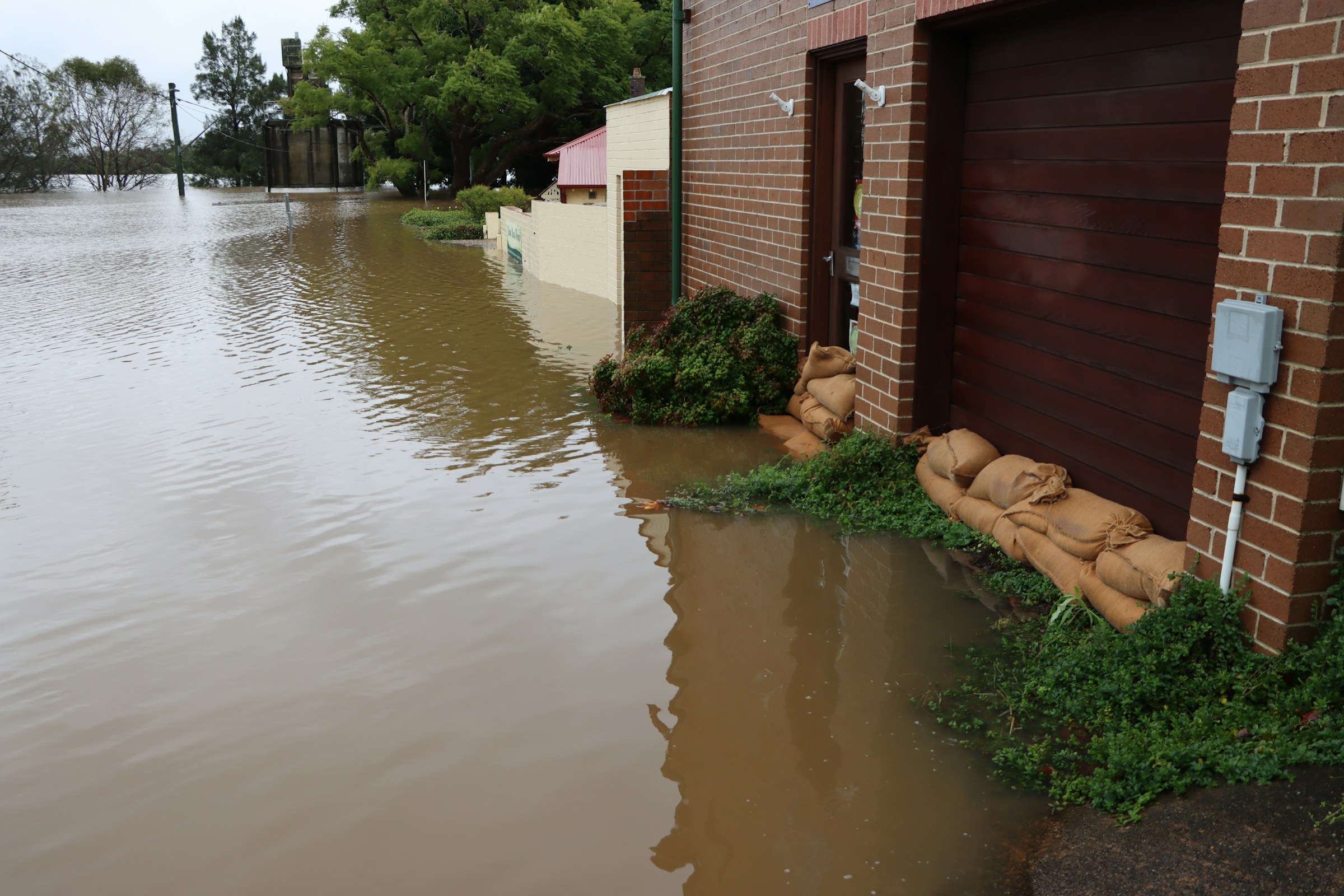Storm Shelters and Bunkers: Practical Weather Safety
A well-built storm shelter or bunker can mean the difference between injury and safety when severe weather hits. This practical guide covers what shelters are, how they boost home protection, how they perform in tornadoes and hurricanes, and which weather-protection options to weigh. Learn about materials, ventilation, emergency supplies, siting, and maintenance to make informed decisions for family safety and preparedness.

What a storm shelter or bunker is
A storm shelter or bunker is a purpose-built refuge that shields people from extreme winds, flying debris, and partial structural collapse. Shelters come in several forms: underground bunkers, above-ground safe rooms, or reinforced interior spaces that are firmly anchored to a foundation. Construction materials often include steel, precast concrete, reinforced masonry, or a combination designed to withstand impact and overpressure. Many shelters are constructed to meet established performance standards such as FEMA guidance or ICC-500 criteria for tornado and hurricane resistance. Effective designs also incorporate secure, impact-rated doors, reliable ventilation, and an unobstructed path from living areas to the refuge.
How shelters strengthen home safety
A properly installed shelter reduces the likelihood of blunt-force and penetrating injuries by offering a hardened enclosure during catastrophic winds and debris strikes. In addition to structural protection, the most useful shelters are stocked and planned for: they include emergency water and food, batteries, lighting, a first-aid kit, and communication tools such as NOAA weather radios or spare cell chargers. Integrating the shelter into a broader household safety strategy—back-up power, evacuation routes, and a family communication plan—improves both immediate survival and short-term recovery after a storm.
Performance in tornadoes
When designed to relevant standards, shelters dramatically increase survival odds during tornadoes. Tornado-rated shelters are engineered to resist high wind pressures and are tested for impact by windborne debris. Underground shelters naturally provide extra protection by using the surrounding earth as a buffer, but above-ground safe rooms built to ICC-500 or FEMA criteria can perform just as well if they are properly anchored and constructed of certified materials. Speed is crucial: knowing the fastest route to your shelter, keeping it unobstructed, and monitoring warnings through a NOAA radio or emergency alert system are essential. Regular family drills help ensure everyone, including pets, can get to the shelter quickly and knows what items to bring.
Suitability for hurricanes and coastal storms
Shelters can be effective for hurricanes when they are designed for coastal storm hazards: sustained high winds, debris, and potential flooding. For inland locations, a conventional storm shelter or safe room provides ample protection from wind and flying objects. In flood-prone or low-lying coastal zones, subterranean bunkers carry a risk of inundation; in those cases, elevated safe rooms or reinforced above-ground shelters are often preferable. Coastal installations should use corrosion-resistant materials and elevated ventilation intakes to resist salt exposure and flood entry. For homeowners near storm-surge zones, combine a shelter strategy with an evacuation plan that follows local evacuation orders and considers tide and surge forecasts.
Choosing the right protection for your property
Select shelter type based on local hazards. In tornado-prone regions, underground or FEMA-compliant safe rooms are common choices. Where groundwater or flooding is an issue, an above-ground reinforced safe room or an interior reinforced room on the lowest practical level may be a better option. Evaluate door strength, ventilation systems (including filters and battery-powered fans), secure anchoring to foundations, and materials rated for your climate—especially corrosion-resistant variants for salty coastal air. Don’t forget practical access: a clear, well-lit route to the shelter, room for all household members and pets, and storage for emergency supplies.
Emergency supplies and communications
A shelter is most effective when stocked. Recommended items include potable water, nonperishable food, a first-aid kit, flashlights and extra batteries, a NOAA weather radio, cell-phone chargers or a small backup battery, basic tools, and hygiene items. Include supplies for children, elderly household members, and pets. Written contact and medical information should be kept in a waterproof container inside the shelter. Communication with local authorities and neighbors, and knowledge of local emergency shelters, can be critical immediately after an event.
Installation, codes, and maintenance
Work with licensed installers and consult local building codes and emergency management for siting, permits, and compliance with applicable standards. A professional installer can advise on anchoring, impact-rated doors, ventilation solutions, and corrosion protection for coastal areas. After installation, schedule regular maintenance checks—inspect doors and seals, test ventilation and lighting, rotate supplies, and clear the access path. Annual drills reinforce procedures so household members react quickly under stress.
Final considerations
Choosing and maintaining a storm shelter is a balance of structural design, local hazard assessment, and everyday practicality. Whether you opt for an underground bunker, an above-ground safe room built to standards, or a reinforced interior refuge, ensure it fits your site’s risks and your family’s needs. Regular inspections, up-to-date emergency supplies, planned evacuation options for flood or surge threats, and routine drills maximize the shelter’s protective value. By integrating a certified shelter into an overall home-safety and emergency plan, you improve the chances of protecting life and reducing harm when severe weather strikes.






